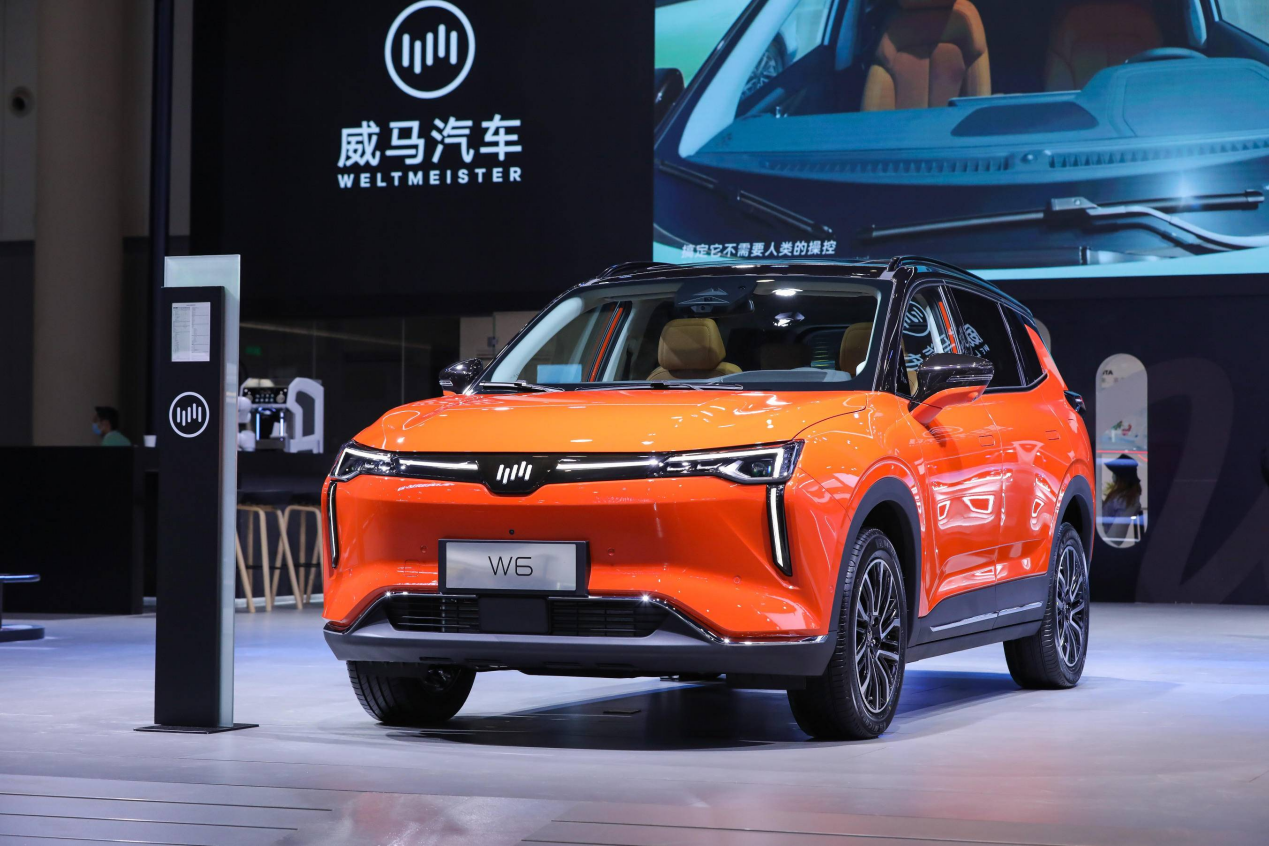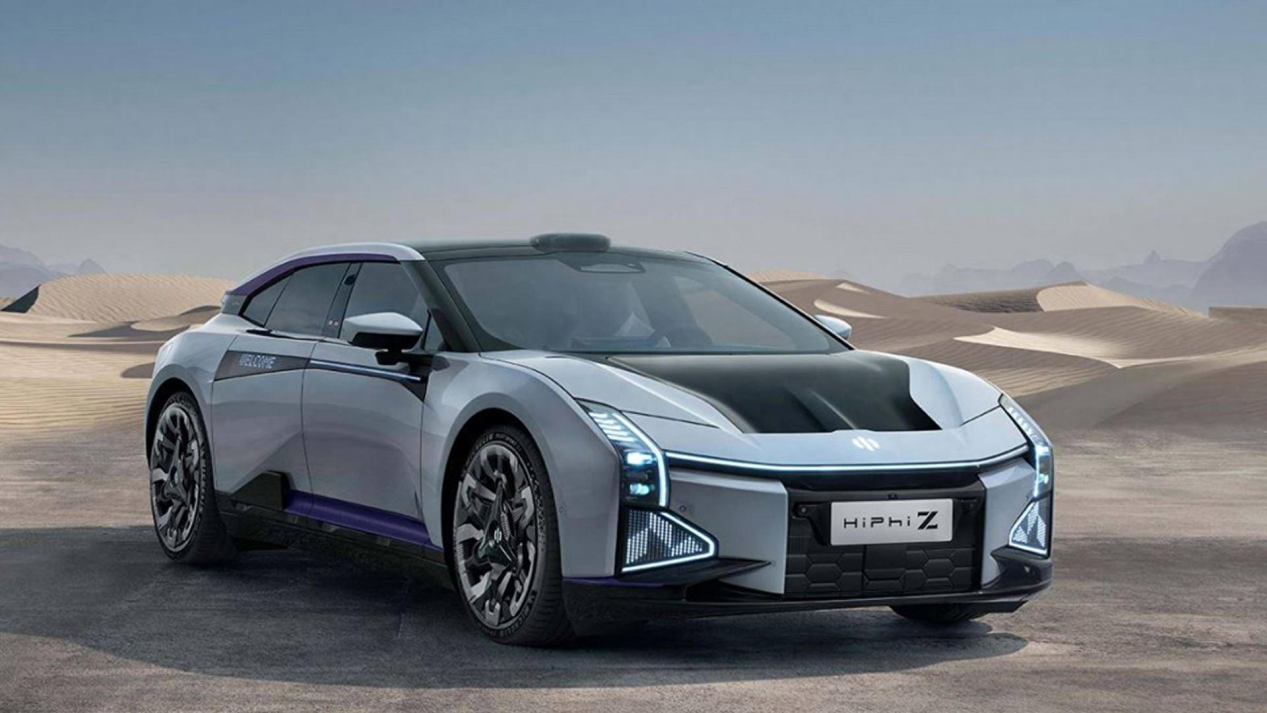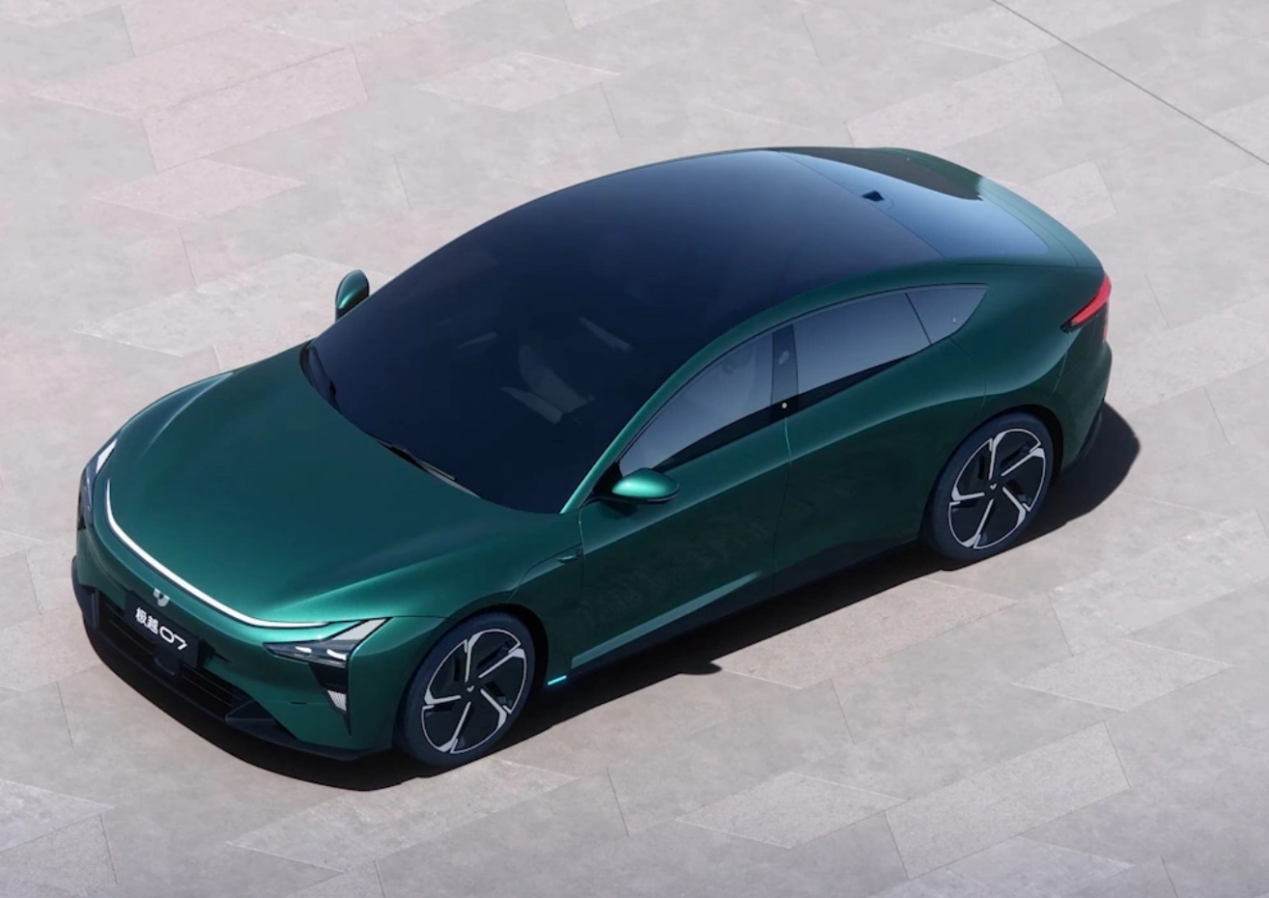
July 2025 witnessed a notable "revival wave" in China's NEV market. WM Motor, HiPhi, and Jiyue – all previously mired in crisis – launched restructuring plans. Long-dormant WM Motor announced September production resumption for EX5/E.5, targeting 10,000-20,000 annual units and 1 million capacity by 2030. HiPhi's restructuring stalled after a $600 million Middle Eastern funding default. Jiyue accelerated talks with 3-4 potential restructuring partners...
However, capital infusion and production restart are merely the opening act. In a brutal market where BYD sells millions annually and Xiaomi tops monthly charts, trailing players' "second startup" resembles a last stand. Consumer distrust, technological gaps, and financial instability form daunting survival barriers. This survival battle's conclusion may prove even more devastating than the initial cull.
From Knockout to Revival match
As China's NEV industry enters an elimination phase, startup revivals have become multi-party capital battlegrounds. WM Motor's "$14B strategic investment + asset-light operation" model aims for revival. Its "Store+Station+Spot" system seeks to rebuild market reach via sales terminal redesign, service network densification, and contextual touchpoints.
Behind WM Motor's model innovation lies short-term liquidity from Shenzhen Xiangfei's $14B (RMB 100B) investment. However, its crushing $28B (RMB 200B) debt renders the "1 million unit sales by 2030" target more a pledge to investors than a viable plan.

HiPhi's struggles reveal cross-border capital risks. A Middle Eastern investor's down payment default not only stalled restructuring but underscored emerging-market capital's limited grasp of the NEV sector. When brand value cannot offset geopolitical risk, seemingly attractive foreign capital becomes a fatal liability – echoing a Southeast Asian capital withdrawal that idled another startup's factory three years prior.
Jiyue's restructuring talks highlight strategic maneuvering between traditional automakers and tech firms. Amidst industry-wide trust concerns following Xiaomi SU7 incidents, potential partners now scrutinize ADAS safety more rigorously. Capital drives revival, while policy tailwinds provide buffer: 2024 NEV sales exceeded 10 million units (>40% penetration); 2025 forecasts reach 16.5 million (>50% penetration, including exports). Concurrently, technology shifts create niches: solid-state batteries, MW-class fast charging (e.g., BYD's 5-min/400km), and revived A00-segment subsidies (sales up 21% YoY) offer opportunities for players like Zhidou and Leiding targeting lower-tier markets.

Revived automakers favor cautious strategies. WM Motor prioritizes restarting proven models (EX5/E.5) using existing supply chains. HiPhi stays focused on premium EVs, avoiding direct clashes with leaders. Channel innovation is critical: WM proposes a "Store+Station+Spot" tri-level network (brand stores, partner outlets, community service points) to cut costs. While this asset-light model eases cash pressure, it exposes technological weaknesses – WM lacks announced plans for 800V platforms or urban NOA ADAS, widening its gap with Xiaomi/Huawei and creating future risks.
Few opportunities in Red Ocean Market
The core challenges are a hyper-competitive red ocean and a trust deficit. The NEV market exhibits "fractured stratification" resembling a "60-30-10" split: leaders like BYD and Tesla hold 60%; traditional automakers and other startups vie for 30%; the remaining 10% is for minor players. WM Motor and similar restructured startups occupy this precarious 10% niche – their survival prospects remain highly uncertain.
Revived brands confront both industry giants and consumer distrust. Lianhe Capital's You Tianyu states: "China's auto market has no room for 'small but beautiful' players. Scale economies dominate, brand perceptions are entrenched, and these cannot be rebuilt quickly. Latecomers have lost first-mover advantage and struggle to re-enter the fray."
Concurrently, experts note NEV consumers are increasingly cautious, favoring established brands with strong reputations and stability. Revived startups face consumer hesitancy due to perceived risks.

A Ping An Securities survey indicates over 60% of consumers doubt revived brands' long-term service capabilities, making this trust deficit the primary barrier to sales conversion. Cash flow remains the biggest uncertainty. Despite some securing funding, sustainable self-sufficiency is questionable. WM Motor's $28 billion (RMB 200B) debt makes suppliers demand collateral for cooperation. Neta Auto secured a $2.7 billion (THB 100B) credit line in Thailand, but sold only hundreds of units Jan-Feb this year – far below the 100,000-unit industry viability line. International reports indicate Neta faces $6.17 million in claims from 18 Thai dealers and subsidy withholding by the Thai government due to failure to meet localization production quotas.
More critically, capital market patience is wearing thin. Hengchi (Evergrande) Auto's $500 million funding repeatedly defaulted, and HiPhi's $600 million payment delay reflects investor caution toward 'second rescues'. The technological gap incurred during shutdowns is crippling. WM Motor missed the 2023-2025 ADAS upgrade window: L2+ penetration surged from 39% to 53%, and 800V platforms are becoming mainstream while WM still relies on 400V architecture. Its product competitiveness lags significantly across multiple dimensions.
Supply chain rebuilding is paramount. WM Motor must repair supplier relationships fractured by its shutdown, though some key component makers have already pivoted to partners like Xiaomi and Huawei. Industry analysis reveals trailing players invest less than 1/5th in R&D compared to leaders, with brain drain further slowing their technological catch-up. To break this triple siege, trust restoration and precise market positioning are key. For trust rebuilding, experts propose "automaker bankruptcy insurance" – funded by per-vehicle premiums to guarantee after-sales support for defunct brands. WM Motor plans B2B-focused strategies like trade-in subsidies for existing owners and fleet sales to ride-hailing companies to reduce consumer sales resistance.
According to incomplete statistics from Car Insight, the Chinese auto market once hosted over 110 brands. Only about 20-30 remain active today, with over 73% eliminated in just three years. The "survival battle" for these struggling EV startups is fundamentally a gamble against time. While capital infusion and production resumption secure an entry ticket, the coming 3-6 months are critical for survival: WM Motor must prove the feasibility of its 10,000-unit EX5 target by year-end; HiPhi urgently needs to resolve its funding default crisis; Jiyue must finalize restructuring partners to avoid a second shutdown. The endgame may align with Leapmotor founder Zhu Jiangming's prediction: "Fewer than 10 automakers will ultimately survive." As technology, capital, and trust form insurmountable triple barriers, any fleeting 'revival' that fails to cross the 100-day survival threshold will merely herald a more definitive demise.

 Room 1104,Block B,JingBan Building,6 Middle Beisanhuan Road,Xicheng District,Beijing
Room 1104,Block B,JingBan Building,6 Middle Beisanhuan Road,Xicheng District,Beijing
 (8610)62383600
(8610)62383600
 quanqixiang@carresearch.cn
quanqixiang@carresearch.cn
 京公网安备:11010202007638号|京ICP备17032593号-2|Report illegal and bad information:010-65993545-8019 jubao@carresearch.com
京公网安备:11010202007638号|京ICP备17032593号-2|Report illegal and bad information:010-65993545-8019 jubao@carresearch.com
Legal support:Beijing Yingke Law Firm|All rights reserved, DO NOT reproduce without permission